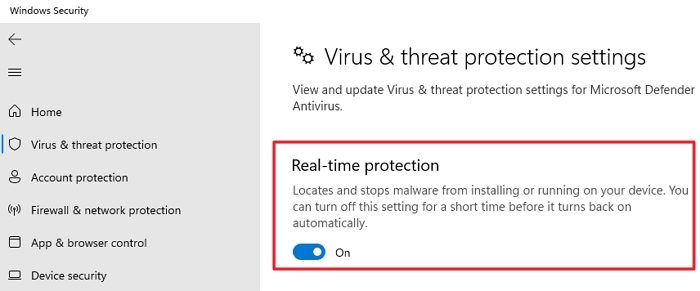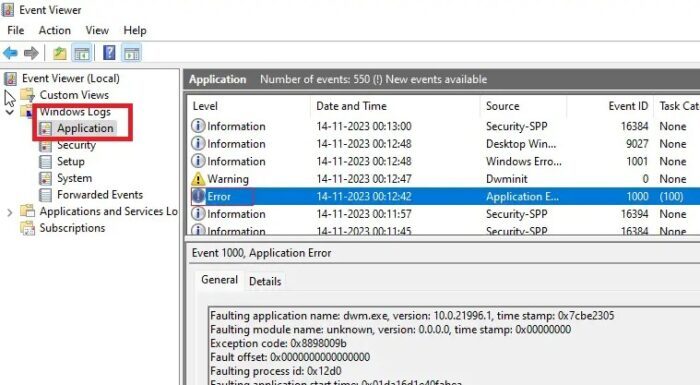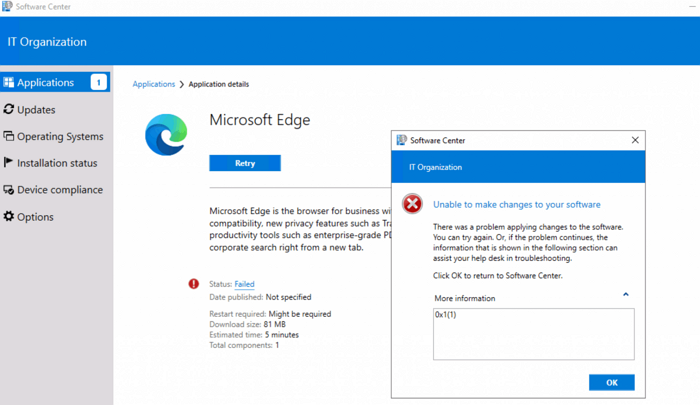The error message reading Edge Installation Failed with Error Code 1 is generally encountered when users attempt to install or make changes to the Microsoft Edge web browser. This article provides a detailed overview of the various causes that can lead to the said error and the effective resolution methods that can be undertaken to rectify the same.
The complete error message goes as follows:
Unable to make changes to your software There was a problem applying changes to the software. You can try again. Or, of the problem continues, the information that is shown in the following section can assist your help desk in troubleshooting. Click OK to return to Software Center or More Information 0x1(1)
Edge installation failed with error code 1 – Possible causes.
- Corrupted Installer File: A corrupt installer can be one of the most predominant reasons for the error in discussion. Corrupt installers can hinder the extraction process of the necessary installer files, leading to incomplete setup. Installer file corruptions can also lead to execution errors and overall installation failures, eventually leading to the error.
- Lack of Admin Rights: The installation process would require administrative privileges as installations demand system-level changes to complete the process successfully. If the logged-in user doesn’t have the necessary rights from the Administrator’s end, it might lead to failure in the installation process.
- Security and Third-Party Software Interference: Security softwares or antiviruses, at times, might identify the installation components incorrectly, flagging them as potential threats, thereby disrupting the installation process. Other third-party softwares running on the system might also create resource conflicts, which might not allow the Edge Installer to complete the installation.
Fix Edge installation failed with error code 1
Since the concerned error code relates to problems during the Microsoft Edge installation, fixing the error would involve checking on all possible variables and their respective settings involved in the installation process to narrow down the problem and eventually resolve it.
- Disable Third Party Security applications or Antivirus
- Use the official installer and clear temp files before initiating the installation.
- Ensure sufficient rights are granted to the user.
- Check Event Viewer
Some of these methods will need admin permission.
1] Disable Third Party Security applications or Antivirus
Security applications and antiviruses contribute majorly to the errors encountered during the installation process for applications or system components. Since antiviruses or allied applications are designed to protect the system, these programs sometimes misinterpret the installation process of new applications as a major security threat, thereby blocking it. Hence, disabling them during the installation process can be an effective measure to avoid the said error and install the application successfully.
To temporarily disable virus protection,
- Click on the Search icon on the Desktop and type Windows Security.
- Click Virus and Threat Protection under the Windows Security menu, followed by Manage Settings.
- Turn OFF Real-time Protection and Tamper Protection options to disable the antivirus and security.

2] Use the official installer and clear temp files before initiating the installation
Corrupt installation packages can also contribute to Error Code 1 during the installation of Microsoft Edge. Hence, trying the installation process again by downloading the installer from the Microsoft website can help eliminate installation problems that might occur due to malfunctioning installers.
Also, the contents of the Temp folder might include corrupt or outdated files that may pose a threat to the installation process of the said application. Hence, deleting the contents of the folder and re-attempting the installation process may also lead to resolving the issue at hand by following the below-mentioned steps:
- Press the Windows + R key to open the Run dialogue box.
- Type %temp% to open the Temp folder.
- Select all files by pressing CTRL + A.
- Right-click on the selected files and click on Delete.
3] Ensure sufficient rights are granted to the user
Another possible cause of installation failure is insufficient rights or privileges on the user’s part. Installation of applications involves changes being made to the system settings. The error can be encountered if the Admin does not add the user with the relevant rights.
4] Check Event Viewer
If all the measures mentioned above fail to resolve the issue, the Windows Event Log can help with additional information concerning the reason for the installation failure. The details in the log file can be accessed using the below-mentioned steps:
- Type eventvwr after clicking the Search icon on the Desktop to open the Event Viewer.
- Click on Windows Log>Applications and check for the Error event concerning the Microsoft Edge installation.
- Click on the said error once for further details on the installation failure.

This method will need more knowledge; you may need to search or contact the IT admin to resolve the issue.
Conclusion
To conclude, following the above-mentioned corrective actions can effectively resolve the error, irrespective of the cause. However, users can also check the Event Viewer for further insight into the cause of the problem, which can address the issue effectively in the future, if needed.
Why can’t I download Microsoft Edge?
If you are having trouble downloading Microsoft Edge, it could be due to network issues, firewall restrictions, or system compatibility problems. To resolve this, you can start by ensuring that your firewall allows Edge downloads and checking your network settings. If the problem persists, you may want to try using a different browser or seek personalized assistance from Microsoft support for troubleshooting.
How to repair Microsoft Edge?
To repair Microsoft Edge, close the browser, ensure administrative rights, go to Start > Settings > Apps > Apps & features, find Microsoft Edge, select Modify, choose Repair, and allow changes. It won’t affect your browser data and settings.
